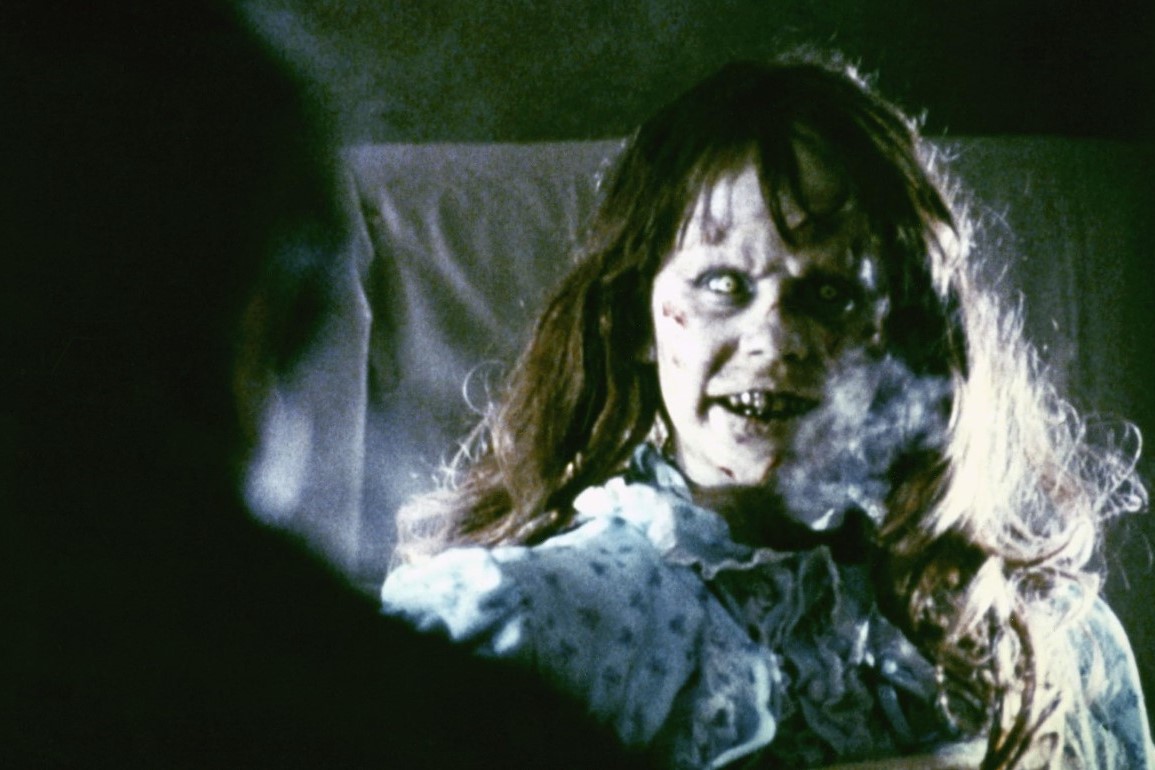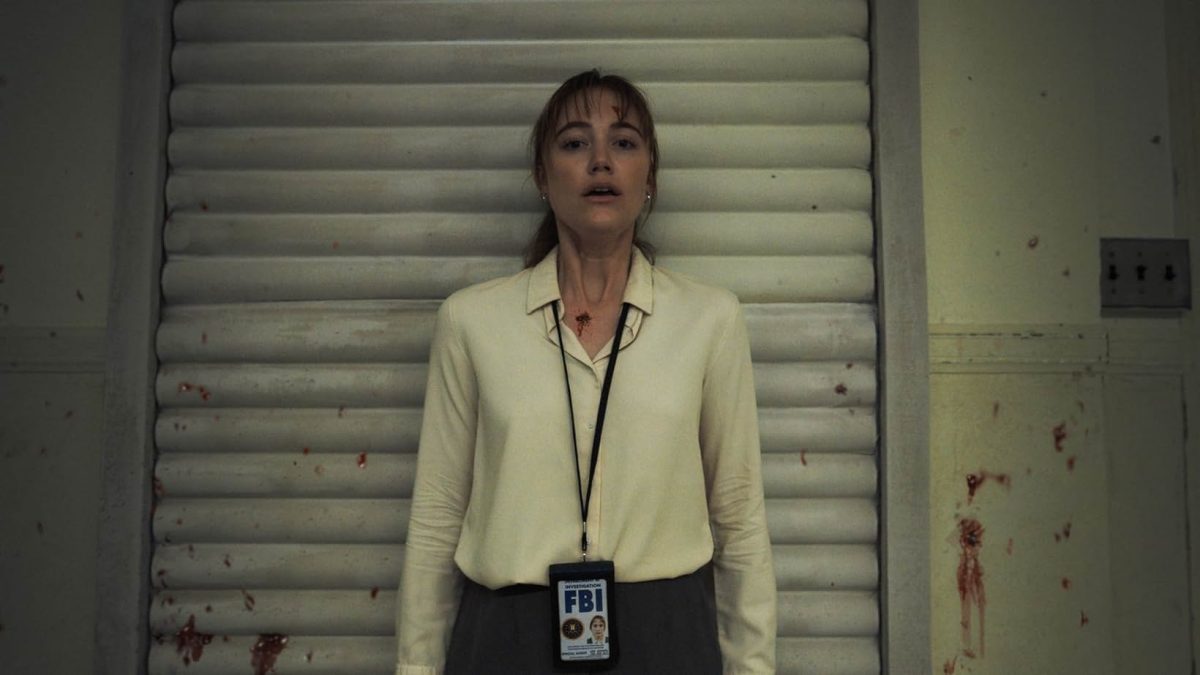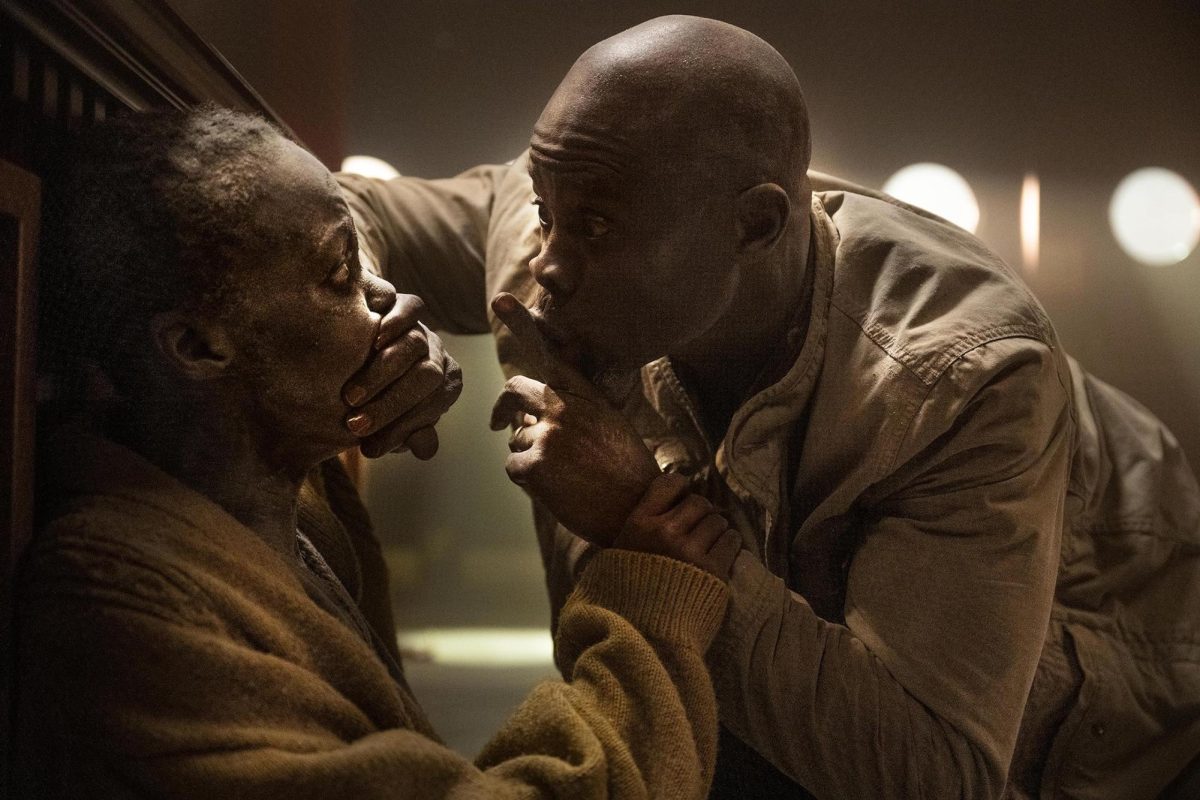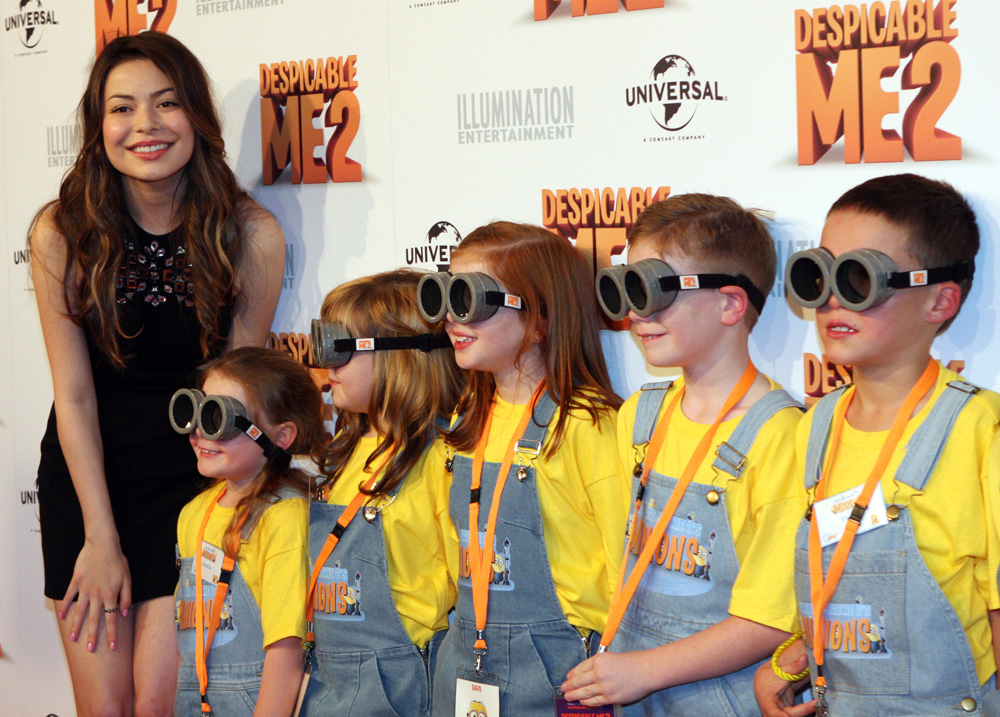Celebrating its 50th anniversary today is William Friedkin’s 1973 horror classic, “The Exorcist.”
The film was based on William Peter Blatty’s 1971 novel of the same name, which was loosely centered around the last known exorcism at the time sanctioned by the Catholic church.
Since its release, “The Exorcist” is often considered one of the scariest movies of all time for reasons including its gore, violence and demonic scares.
The film follows Regan MacNeil (Linda Blair), who, after getting possessed by a demon, begins to attack those around her as her health deteriorates.
When professional help gets her nowhere, Regan’s mother Chris (Ellen Burstyn) seeks help from Damien Karras (Jason Miller), a Catholic priest, in order to save her daughter from her possession.
Get The Daily Illini in your inbox!
To say that the movie was a success is a huge understatement. Not only did the movie break huge numbers, but because of various backlash from religious communities and reports of audience members fainting, “The Exorcist” gained a lot of attention and widespread popularity.
It’s important to note that before the release of “The Exorcist,” nothing remotely similar had seen the silver screen. Before its release, horror movie audiences were used to more tame films that acted as thrillers, rather than the full-fledged blood and guts we now associate with the genre.
In a report by David Sheehan for KNXT-2, he interviews various audience members who left the auditorium during showings of the film and reports on the movie’s success at the box office.
What he found was that everyone had something to fear in the movie. Whether it was Reagan having convulsions or the devil’s voice, the film had a lasting effect on people, which only boosted its popularity.
As a result, lines for showings of “The Exorcist” saw people often waiting for hours just to get in. With a budget of $12 million, the movie made an estimated $441 million at the box office.
As expected, the production of the movie was incredibly difficult, as the cast and crew were trying to create something unlike anything ever seen before.
Warner Bros. purchased the rights to the book and agreed to produce the movie, with Blatty being allowed to also produce the movie as well as adapt his work.
However, realizing the movie needed an “honest director,” Blatty reached out to Friedkin after hearing the director’s brutal honesty when it came to reviewing another writer’s screenplay.
Warner Bros. had already signed Mark Rydell to direct the film, but Blatty continued pushing for Friedkin, who eventually went to work on the film after the release of his award-winning movie “The French Connection.”
Once Friedkin and Blatty overcame that hurdle, and a cast of relatively unknown actors was set, the next issue came to be — Friedkin himself.
Friedkin was very direct, knowing what he wanted and how he wanted it when it came to the film’s production.
He would often have manic and insane reactions when things were slightly off his vision. Friedkin had ways to get actors to achieve the reactions he wanted including slapping, hiding and randomly firing real guns and firing people from their jobs only to rehire them moments later.
Because of his way of making a scene, the filming of “The Exorcist” proved to be challenging — but the crew knew it would pay off.
What the crew wasn’t expecting were the unexpected supernatural “occurrences” that would happen to the set and the crew itself.
Widely regarded as a “cursed” movie set, more than five people died shortly after the film’s release, including two main actors. Additionally, when production was about to start, a fire broke out on the MacNeil home set, leaving all but one room — Reagan’s bedroom.
After the film’s release, things only continued to go up against the movie including Blair receiving several death threats for her performance and the banning of the film’s first original trailer (warning: Contains Flashing Images) which, according to Friedkin in a post on X, formerly known as Twitter, “Warner was scared that it would be too disturbing.”
Right when things calmed down and the movie was soon ready for release, there came one final problem — deciding on the final cut.
For anyone unfamiliar with “The Exorcist,” there are two cuts of the film: the theatrical version, and the uncut version titled “The Version You’ve Never Seen,” released alongside the movie’s DVD set.
The theatrical version acts as the director’s cut of the film, as it runs 12 minutes shorter, which Friedkin deemed the movie would benefit from pacing-wise.
These 12 minutes included scenes such as Reagan’s spider walk and two scenes that Blatty believed were “the heart of the film.”
One of these scenes is a moment between the two main priests discussing why Reagan is being possessed. The other scene is an extended version of the ending, which is more optimistic for the characters.
The original theatrical ending saw Chris giving Father Dyer (William O’Malley) Karras’ medallion, which could be a way of showing Chris rejecting religion, possibly leaving her and her family susceptible to further demon attacks.
The extended version of the film adds to this scene by having Dyer return the medallion to Chris and her driving away with it.
After Warner Bros. decided to move forward with Friedkin’s cut, Blatty refused to talk with Friedkin only for them to reconcile years later when the DVD release was in development. Friedkin and Blatty agreed to have the movie released with the footage added back alongside new CGI and music.
The movie finally released on Dec. 26, 1973. It received critical acclaim for its performances and scares and was nominated for 10 Academy Awards including Best Picture and Best Director. It won a total of two awards for Best Adapted Screenplay and Best Sound Mixing.
The movie was so controversial that not only did large groups of people call for the movie to receive an X rating instead of an R rating, but its physical release was banned in the UK.
As reported by Collider, the Video Recordings Act 1984 required all home videos to receive a rating from the British Board of Film Classification regardless of what the film’s original rating was upon its theatrical release.
When it came to “The Exorcist” getting a rating, there were several delays. The process of giving the film a rating took four years.
After four years passed, the BBFC decided that the film would receive no rating due to the film’s disturbing nature and how there was no sufficient way to prevent and protect children from watching the film.
This decision forced stores and retailers to end the movie’s circulation for 11 years with the argument that “the film might cause severe emotional problems, particularly among those who believed in the reality of demonic possession.”
After the BBFC speculated that the movie “no longer had the same impact as it did 25 years ago,” the movie was re-released for home video in the UK in 1998. The delay and controversy with the decision to not give it a rating in the first place only added to the movie’s popularity and the curiosity filled by those who wanted to see it.
The series has since had five sequels/prequels/spinoffs, as well as a spinoff TV show. The most recent movie, “The Exorcist: Believer,” acts as a direct sequel to the original film.
There’s no doubt that “The Exorcist” is one of the most influential horror movies of all time that helped shape what it is today, but is it truly the scariest movie of all time?
It’s hard to say, as it seems almost all bases that could be covered with the horror genre have been explored, with the majority of modern horror movies either being a form of elevated horror with a metaphorical evil or a gore-filled bloodbath with the main purpose being to disgust and entertain rather than instill fear.
Without a doubt, “The Exorcist” was the scariest movie of its time, because the movie introduced audiences to something they had never seen before.
However, even today, the movie is still recognized for how scary it is. In the fall of 2022, both Rotten Tomatoes and Rolling Stone respectively placed “The Exorcist” as the scariest movie ever on their own lists.
Should you have the courage to experience “The Exorcist,” do yourself a favor and turn off the lights, grab a friend and find out why people call this movie “the scariest movie of all time.”













